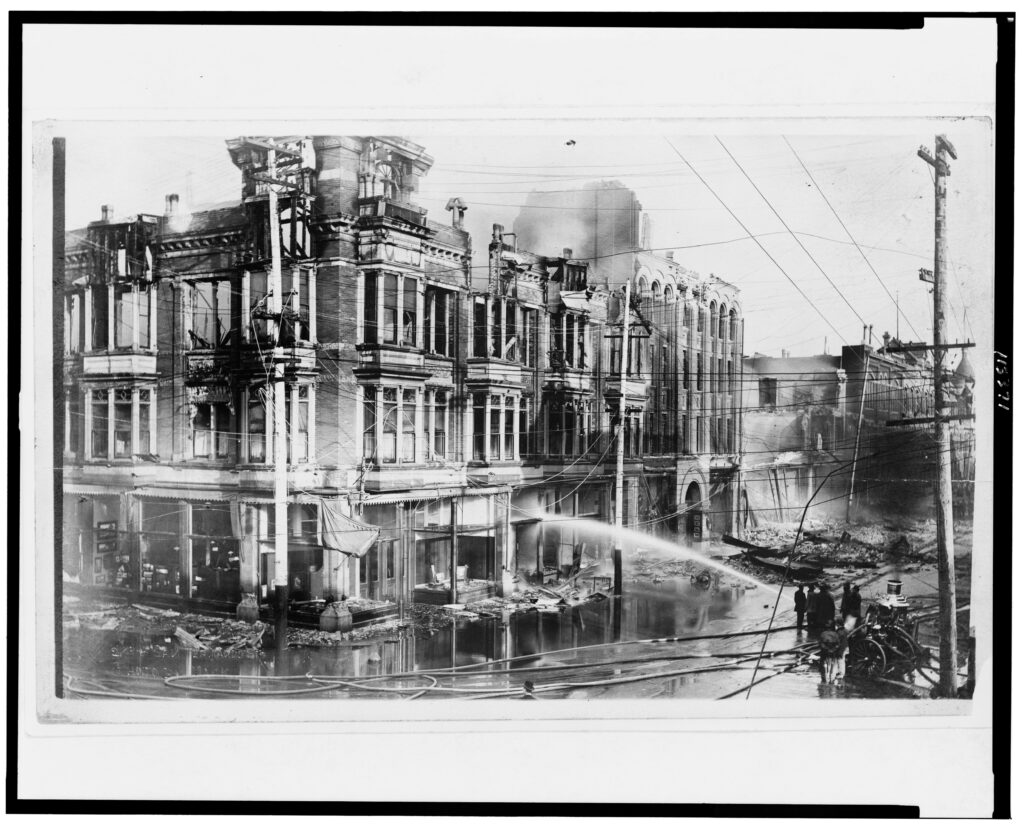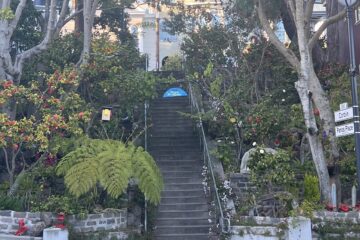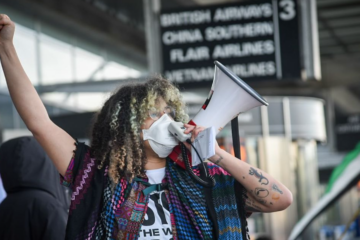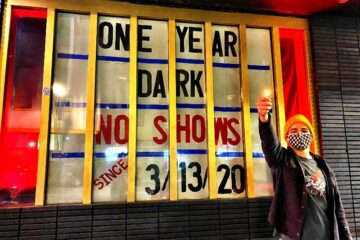San Franciscans Rallied Together After Hardship Before. They Could Do It Again.

Relief workers in San Francisco did more than help out — they build the city back better. (Library of Congress)
On April 18, 1906, five-foot-deep holes cracked through Market Street and ate people whole like cavernous maws to hapless anchovies. Author David K. Randall recounts in Black Death at the Golden Gate how Howard Street’s American Hotel collapsed on firefighter James O’Neill, crushing him beneath. And, when the first intense aftershock struck the city, the author describes intense fires that “created fierce winds, making downtown feel like it was in the middle of a hurricane.” San Francisco saw devastation unlike any other major American city at that time. Yet, the city recovered — then flourished. Perhaps the challenges facing the city in 2023 could use a glance toward the past for guidance.
A few weeks after the earthquake struck, trades-magazine Organized Labor wrote “Go to San Francisco if you can do some good there. Take with you a bottle of milk that you know is pure and sweet and fresh, or a package of condensed milk, or a suit of little baby clothes…Don’t go to stand and gaze.” The magazine’s call to action brought in workers from the Pacific Trades Council and other construction unions to repair the city. They built the city anew with increased attention to sanitation, thanks to a recent bout with the Bubonic Plague, focusing on concrete and brick rather than degradable materials such as wood. Rather than opportunism, people came to the city to support and improve.
And that communal purchase was key. Some of those workers who came to the city refused to work with the many tradesmen in Chinatown; then-Secretary of War William Howard Taft said he could not recommend relying on “Coolie labor in San Francisco nor would he favor competition of cheap foreign labor against American white labor.” Racism as an inhibitor to achieving a swifter, more efficient outcome still plagues San Francisco today, as the San Francisco Chronicle and other outlets covered the uptick of hate crimes throughout the pandemic. And the city’s press was important in rallying aid to the city by the Bay in the early 20th century, too. “Unless we obtain the support of the people, the task is hopeless,” Rupert Blue of the Marine Hospital Service told a packed room on January 28, 1908.
The Great White Fleet, a fantastic display of naval power, came to the San Francisco Bay on May 6, 1908. About one million people watched from the hilltop views in the city, just a few years after a natural disaster threatened to destroy the city. Not only did San Francisco recover, it was better than ever. So, whether it be Silicon Valley Bank’s collapse — and the subsequent run on First Republic Bank — or severe weather events, the city by the Bay keeps facing difficulty after difficulty. But if San Franciscans have anything in their history, it’s meeting insurmountable odds and doing the impossible. The city’s denizens showed the country and the world its ingenuity, resilience, and constructive nature in doing so.








